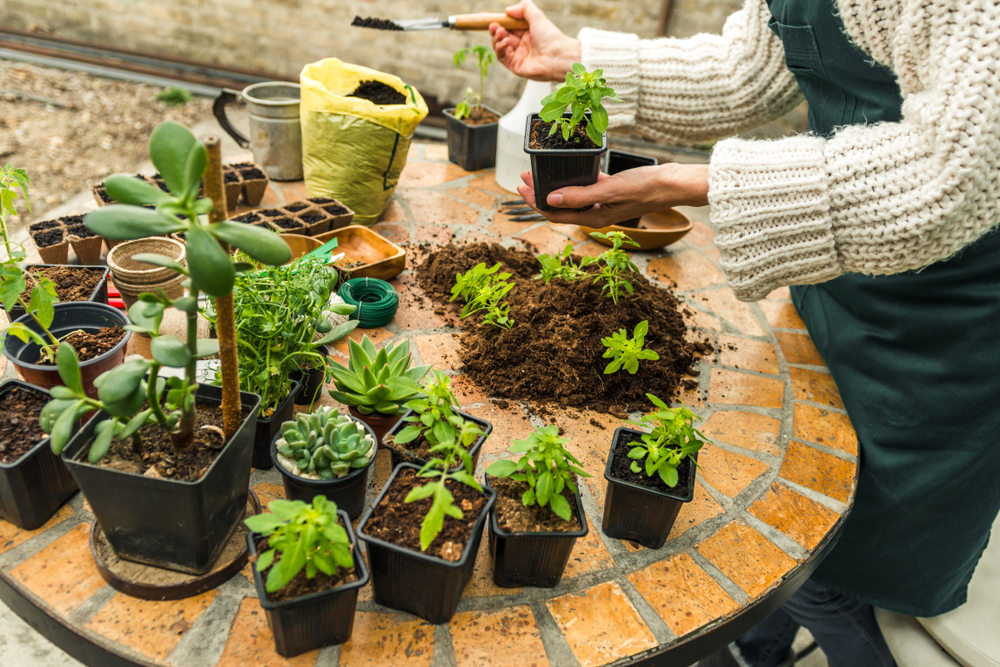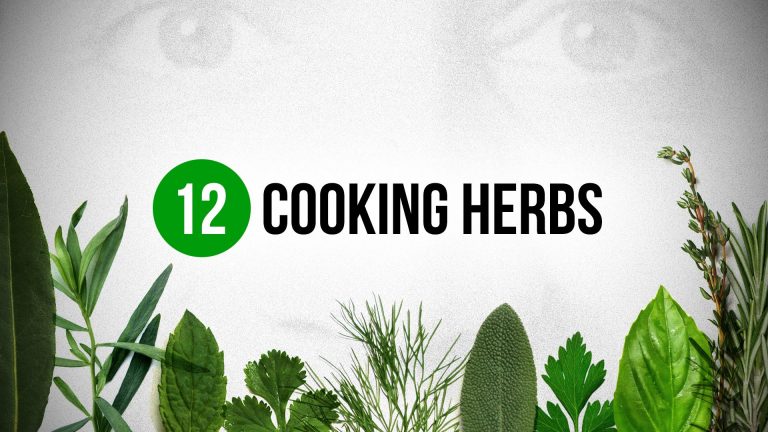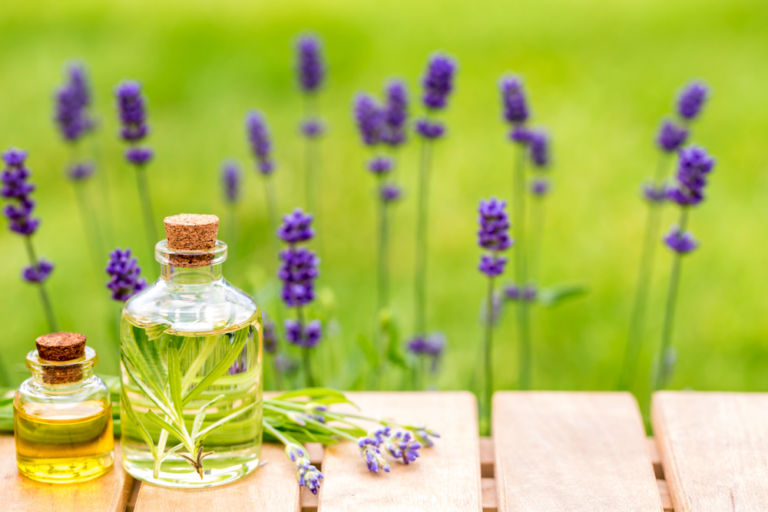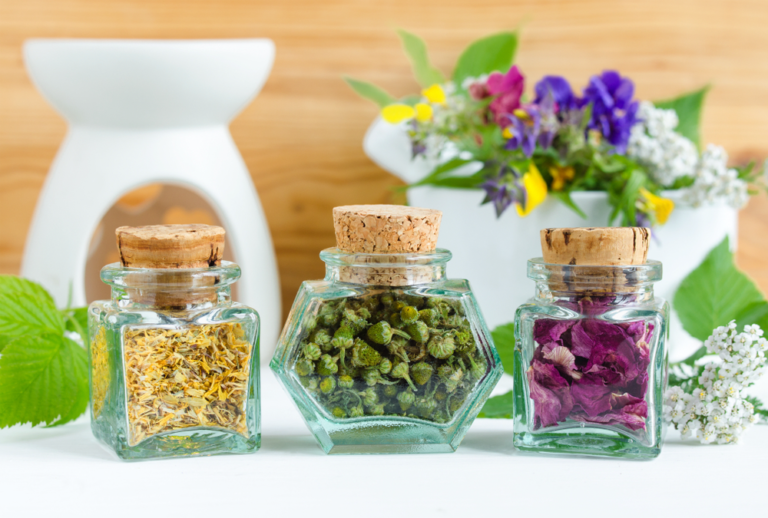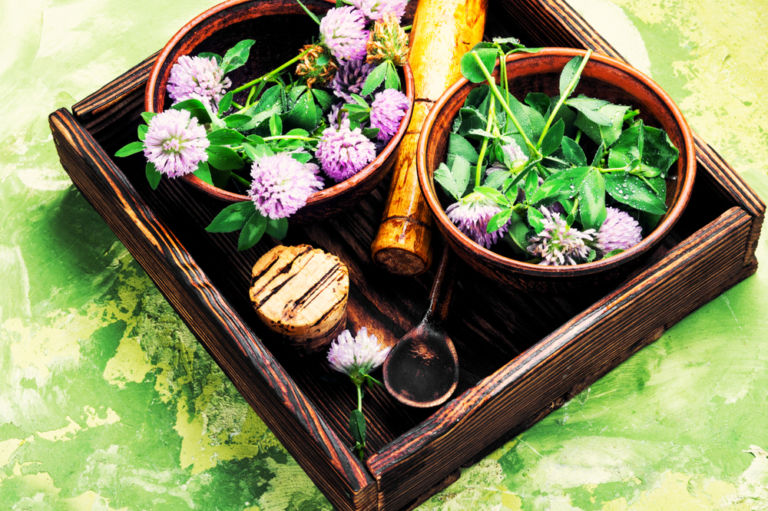Thriving Garden Herbs and Shrubs
In today’s world, it is more important than ever to incorporate sustainable practices into our gardening techniques.
By doing so, we can minimize our impact on the environment and create a healthy ecosystem for our plants to thrive in.
In this article, we will discuss professional techniques for sustainable gardening with herbs and shrubs, giving you the knowledge and tools to create a truly flourishing garden.
Whether you are a seasoned gardener or just starting out, these techniques will help you create a beautiful and sustainable space that you can be proud of.
So put on your gardening gloves and let’s get started on our journey towards a greener and more sustainable garden.
Table of Contents Thriving Garden Herbs and Shrubs
Maximize space with vertical planting.
To create a thriving garden while maximizing limited space, consider incorporating vertical planting techniques.
By utilizing vertical space, you can efficiently grow an abundance of herbs and shrubs in even the smallest of gardens.
Vertical planting not only maximizes space but also offers numerous benefits such as improved air circulation, reduced pest problems, and easier access for maintenance and harvesting.
With the right techniques and proper planning, Sustainable Gardening with Herbs and Shrubs: Professional Techniques for a Thriving Garden provides invaluable guidance on creating vertical plant structures, such as trellises, hanging baskets, and living walls.
By implementing these techniques, you can transform your garden into a lush and productive oasis, making the most of every inch of available space.
Choose native plants for sustainability.
To ensure the sustainability of your garden, it is essential to choose native plants.
Native plants are those that naturally occur in a specific region and have adapted to the local climate, soil conditions, and wildlife.
By selecting native plants for your garden, you are promoting biodiversity and preserving the ecological balance of your area.
Native plants require less water, fertilizer, and pesticides compared to non-native species, making them more environmentally friendly.
Additionally, native plants attract and support local wildlife, including birds, butterflies, and beneficial insects, contributing to a thriving ecosystem.
Incorporating Sustainable Gardening with Herbs and Shrubs: Professional Techniques for a Thriving Garden as your guide, you can identify and incorporate the appropriate native plants for your specific region, creating a sustainable and beautiful garden that harmonizes with the natural environment.
Use compost for healthy soil.
One crucial aspect of sustainable gardening, as outlined in Sustainable Gardening with Herbs and Shrubs: Professional Techniques for a Thriving Garden, is the use of compost to promote healthy soil.
Compost is a valuable organic material that consists of decomposed plant matter, such as leaves, grass clippings, and kitchen scraps.
When incorporated into the soil, compost enhances its structure, fertility, and water-holding capacity.
It also provides essential nutrients for plants, reducing the need for synthetic fertilizers.
By utilizing compost in your garden, you are not only improving the health of your plants but also contributing to the reduction of organic waste in landfills.
Remember, regularly adding compost to your soil will lead to an abundance of beneficial microorganisms, creating a thriving ecosystem below ground and a thriving garden above ground.
Incorporate rain barrels for watering.
Another effective technique for sustainable gardening, as discussed in Sustainable Gardening with Herbs and Shrubs: Professional Techniques for a Thriving Garden, is the incorporation of rain barrels for watering.
By capturing and storing rainwater, you can reduce your reliance on municipal water sources and conserve this precious resource.
Installing rain barrels is a relatively simple process that involves connecting them to downspouts or gutter systems to collect rainwater runoff from your roof.
Not only does this help to minimize water waste, but it also provides an eco-friendly solution for keeping your plants hydrated during dry periods.
By incorporating rain barrels into your gardening practices, you are taking a proactive step towards sustainable water management and demonstrating your commitment to creating a thriving and environmentally conscious garden.
Prune shrubs for optimal growth.
To ensure optimal growth and maintain the health of your shrubs, it is essential to incorporate regular pruning techniques into your gardening routine.
Pruning, a fundamental practice discussed in Sustainable Gardening with Herbs and Shrubs: Professional Techniques for a Thriving Garden, promotes strong and vigorous growth while shaping the overall appearance of your plants.
By removing dead, damaged, or diseased branches, you not only enhance the aesthetic appeal of your shrubs but also prevent the spread of diseases and pests.
Additionally, pruning encourages the development of new growth and improves air circulation, which is crucial for preventing fungal infections.
Remember to use sharp, clean tools and follow proper pruning techniques, such as making clean cuts just above the bud or branch collar.
With regular pruning, you can foster healthier shrubs that are more resilient and better equipped to thrive in your garden environment.
Practice crop rotation for balance.
Another key technique discussed in Sustainable Gardening with Herbs and Shrubs: Professional Techniques for a Thriving Garden is the practice of crop rotation.
By rotating your crops, you can maintain a balanced and sustainable garden ecosystem.
Crop rotation involves systematically changing the location of different plant families each growing season.
This practice helps prevent the buildup of pests and diseases that target specific plants, as well as balances nutrient depletion in the soil.
By alternating crops from different plant families, you can disrupt the lifecycle of pests and reduce the need for chemical interventions.
Additionally, rotating crops helps replenish soil nutrients, as different plants have varying nutrient requirements.
By adopting crop rotation as part of your gardening approach, you can ensure the long-term health and productivity of your garden while reducing environmental impact.
Use natural pest control methods.
To further enhance the sustainability and health of your garden, it is recommended to incorporate natural pest control methods.
Instead of relying solely on chemical pesticides that can harm beneficial insects and the environment, consider utilizing natural alternatives.
For example, attracting beneficial insects like ladybugs, lacewings, and praying mantises can help control pests naturally.
Planting companion herbs and shrubs, such as marigolds, lavender, and rosemary, can also serve as natural repellents for pests.
These natural pest control methods, discussed in Sustainable Gardening with Herbs and Shrubs: Professional Techniques for a Thriving Garden, not only promote a thriving garden ecosystem but also contribute to a safer and more sustainable approach to gardening.
Mulch for moisture retention.
In Sustainable Gardening with Herbs and Shrubs: Professional Techniques for a Thriving Garden, another essential technique for maintaining a healthy and sustainable garden is the use of mulch for moisture retention.
Mulching is a simple and effective way to conserve water and promote optimal plant growth.
By applying a layer of organic mulch, such as wood chips, straw, or compost, around the base of your herbs and shrubs, you create a protective barrier that helps to prevent evaporation and retain moisture in the soil.
This not only reduces the frequency of watering but also provides a more stable and consistent water supply for your plants, especially during hot and dry periods.
Additionally, mulch helps to suppress weed growth, regulate soil temperature, and improve the overall soil structure, creating a healthier and more resilient garden environment.
By implementing the technique of mulching discussed in Sustainable Gardening with Herbs and Shrubs: Professional Techniques for a Thriving Garden, you can conserve water, promote plant health, and contribute to a more sustainable gardening practice.
Utilize companion planting strategies.
One effective method to enhance the health and productivity of your garden is to utilize companion planting strategies.
In Sustainable Gardening with Herbs and Shrubs: Professional Techniques for a Thriving Garden, this technique is highly recommended for maximizing the potential of your plants.
By strategically selecting plant combinations that complement each other, you can create a symbiotic relationship that benefits both species.
For instance, planting nitrogen-fixing legumes, such as beans or peas, alongside nitrogen-demanding plants like leafy greens or corn can help to replenish the soil with essential nutrients.
Companion planting also offers natural pest control by repelling or attracting specific insects, reducing the need for harmful pesticides.
By implementing these companion planting strategies outlined in Sustainable Gardening with Herbs and Shrubs: Professional Techniques for a Thriving Garden, you can create a harmonious and thriving ecosystem within your garden, promoting sustainable growth and increasing yields.
Experiment with container gardening.
To further expand your gardening skills, another technique you can explore is container gardening.
Sustainable Gardening with Herbs and Shrubs: Professional Techniques for a Thriving Garden emphasizes the benefits of this approach.
Container gardening offers versatility and convenience, allowing you to cultivate plants in limited spaces such as balconies, patios, or even indoors.
By selecting the right containers and soil mixtures, you can provide optimal growing conditions for a variety of plants, including herbs and shrubs.
Additionally, container gardening offers better control over soil quality, moisture levels, and pest management.
With proper care and attention, you can create a beautiful and productive garden using containers, as recommended by Sustainable Gardening with Herbs and Shrubs: Professional Techniques for a Thriving Garden.
Overall, incorporating sustainable gardening techniques into your herb and shrub garden can not only benefit the environment, but also result in a thriving and beautiful garden.
By implementing professional techniques such as companion planting, proper watering and pruning, and natural pest control, you can create a sustainable and self-sufficient garden that will continue to flourish for years to come.
Remember to always be mindful of the impact your gardening practices have on the earth, and make choices that support its sustainability.
With these techniques, you can enjoy the beauty and benefits of your garden while also preserving it for future generations to enjoy.
Keep up the great work and happy gardening!
FAQ
What are some professional techniques for incorporating herbs and shrubs into a sustainable garden?
To incorporate herbs and shrubs into a sustainable garden, you should consider a few professional techniques.
Firstly, ensure proper plant selection by choosing native or adaptive species that can thrive in your specific climate and soil conditions.
Secondly, practice companion planting, where certain herbs and shrubs are strategically placed alongside vegetables or flowers to enhance growth and deter pests.
Additionally, implement organic gardening methods such as composting, mulching, and using natural pest control methods to maintain a healthy ecosystem.
Finally, regularly monitor and maintain your garden, including proper watering, pruning, and harvesting techniques.
By following these techniques, you can create a sustainable garden that thrives with herbs and shrubs.
How can sustainable gardening practices benefit the overall health and resilience of herb and shrub gardens?
By implementing sustainable gardening practices, you can greatly benefit the overall health and resilience of your herb and shrub gardens.
By using organic fertilizers and avoiding harmful pesticides, you ensure that your plants are not exposed to harmful chemicals, which can weaken their immune systems.
Additionally, incorporating compost and mulch helps retain moisture and provides essential nutrients, promoting healthy growth.
Sustainable practices like water conservation and companion planting aid in pest control and encourage beneficial insects.
By prioritizing biodiversity and creating a balanced ecosystem, your gardens become more resilient to diseases and climate fluctuations.
Ultimately, sustainable gardening practices contribute to the long-term health and vitality of your herb and shrub gardens.
What are some effective ways to conserve water and reduce waste in a sustainable herb and shrub garden?
To conserve water and reduce waste in your sustainable herb and shrub garden, you can implement a few effective strategies.
Firstly, use a drip irrigation system to deliver water directly to the plant’s roots, minimizing evaporation.
Secondly, mulch the soil around your plants to retain moisture and prevent weed growth.
Additionally, collect rainwater in barrels and use it for irrigation.
Implement composting to reduce food and garden waste, and use organic fertilizers to minimize chemical runoff.
Finally, practice companion planting, where certain plant combinations promote natural pest control and reduce the need for pesticides.
By adopting these methods, you can create a sustainable garden that conserves water and reduces waste.
How can companion planting with herbs and shrubs help deter pests and promote biodiversity in a sustainable garden?
By incorporating companion planting with herbs and shrubs in your garden, you can effectively deter pests and promote biodiversity.
Planting certain herbs like basil, mint, and marigold alongside your vegetables or flowers can repel harmful insects with their strong scents.
Shrubs like lavender and rosemary attract beneficial insects like bees and butterflies, which aid in pollination.
This method not only reduces the need for chemical pesticides but also creates a diverse ecosystem that supports different species.
The presence of a variety of plants attracts a wider range of insects and animals, creating a balanced and sustainable garden environment.
What are some tips for maintaining the long-term health and productivity of herb and shrub gardens using sustainable gardening methods?
To maintain the long-term health and productivity of your herb and shrub gardens using sustainable gardening methods, there are a few tips you can follow.
Firstly, make sure to use organic fertilizers and compost to nourish the soil.
Additionally, practice companion planting by grouping plants that benefit each other, such as planting marigolds near herbs to deter pests.
Regularly inspect your plants for signs of disease or pests, and address any issues promptly using natural remedies.
Finally, conserve water by using mulch to retain moisture and watering in the early morning or late evening.
By implementing these sustainable practices, you can ensure the health and productivity of your garden for years to come.

